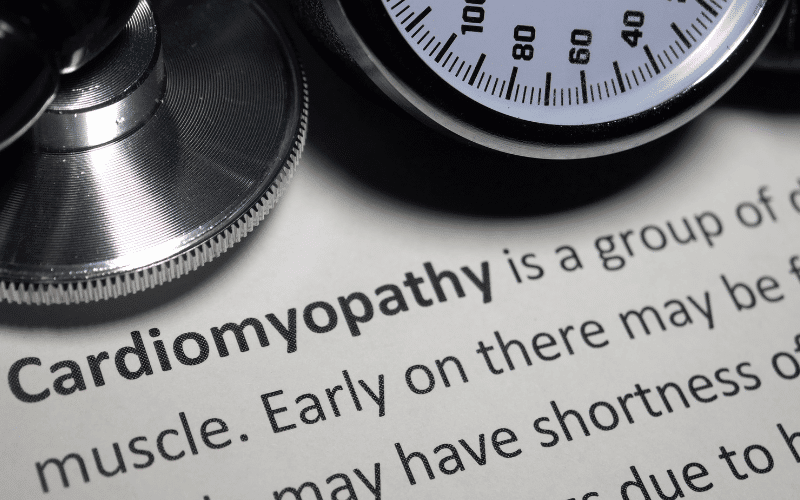Introduction: Setting the Stage

Imagine a scene where the star player is unable to perform, leading to the collapse of the entire team’s performance. Now, apply this analogy to the human body, where the heart is undoubtedly the star player, pumping life-giving blood to every cell, ensuring our body functions smoothly. What happens when this star player fails to perform as it should? One such scenario unfolds in a rare heart condition known as apical hypertrophic cardiomyopathy (AHCM).
As a form of Hypertrophic Cardiomyopathy, AHCM is typified by the thickening of the heart’s muscular wall, specifically at the apex or the pointed tip of the heart. This abnormal thickening compromises the heart’s functioning, setting the stage for various symptoms that can range from the seemingly trivial to the severely debilitating. Yet, AHCM is a stealthy adversary, often presenting symptoms that are easy to dismiss or misinterpret.
The manifestations of AHCM can range from minor inconveniences to serious complications, adding another layer of complexity to this condition. Recognizing these symptoms is an essential step towards better management and eventual treatment. Therefore, shedding light on these symptoms is not just a mere academic exercise but a mission of paramount importance.
This article aims to highlight the top 10 symptoms of AHCM, meticulously analyzing each one. The symptoms will be scrutinized to understand their causes and effects, enhancing our overall understanding of AHCM. The knowledge thus gained will empower us in our quest for better heart health, making us informed allies in the fight against this elusive condition.
Armed with this understanding, we will embark on this journey into the heart of AHCM. With each symptom, we uncover a piece of the AHCM puzzle, giving us valuable insights into this complex condition.
Symptom 1: Angina: AHCM’s Intense Wake-up Call

Angina, characterized by intense chest pain, is one of AHCM’s most alarming symptoms. This chest pain, often described as a squeezing, pressure, heaviness, tightness, or pain in the chest, serves as a stark wake-up call, signaling the presence of AHCM.
The root cause of angina in AHCM lies in the compromised blood flow to the heart muscle. The thickening of the heart’s apex restricts the blood flow, causing a mismatch between the heart muscle’s oxygen demand and the actual supply. This oxygen deprivation results in the chest pain that characterizes angina.
This pain is not an everyday occurrence but often appears during physical exertion or emotional stress when the heart’s oxygen demand increases. The intensity of this pain can vary, ranging from mild discomfort to severe pain that can be mistaken for a heart attack.
But angina is not just about the physical pain; it’s a symptom that sheds light on the internal struggles of the heart in dealing with AHCM. It provides a clear indication of the heart’s struggle to keep up with the body’s demands, making it an essential piece of the AHCM puzzle.
In conclusion, angina in AHCM is more than just chest pain. It’s a crucial symptom that provides valuable insights into the condition’s severity and progression. Recognizing and understanding this symptom is vital for managing AHCM effectively and mitigating its potential complications. (1)